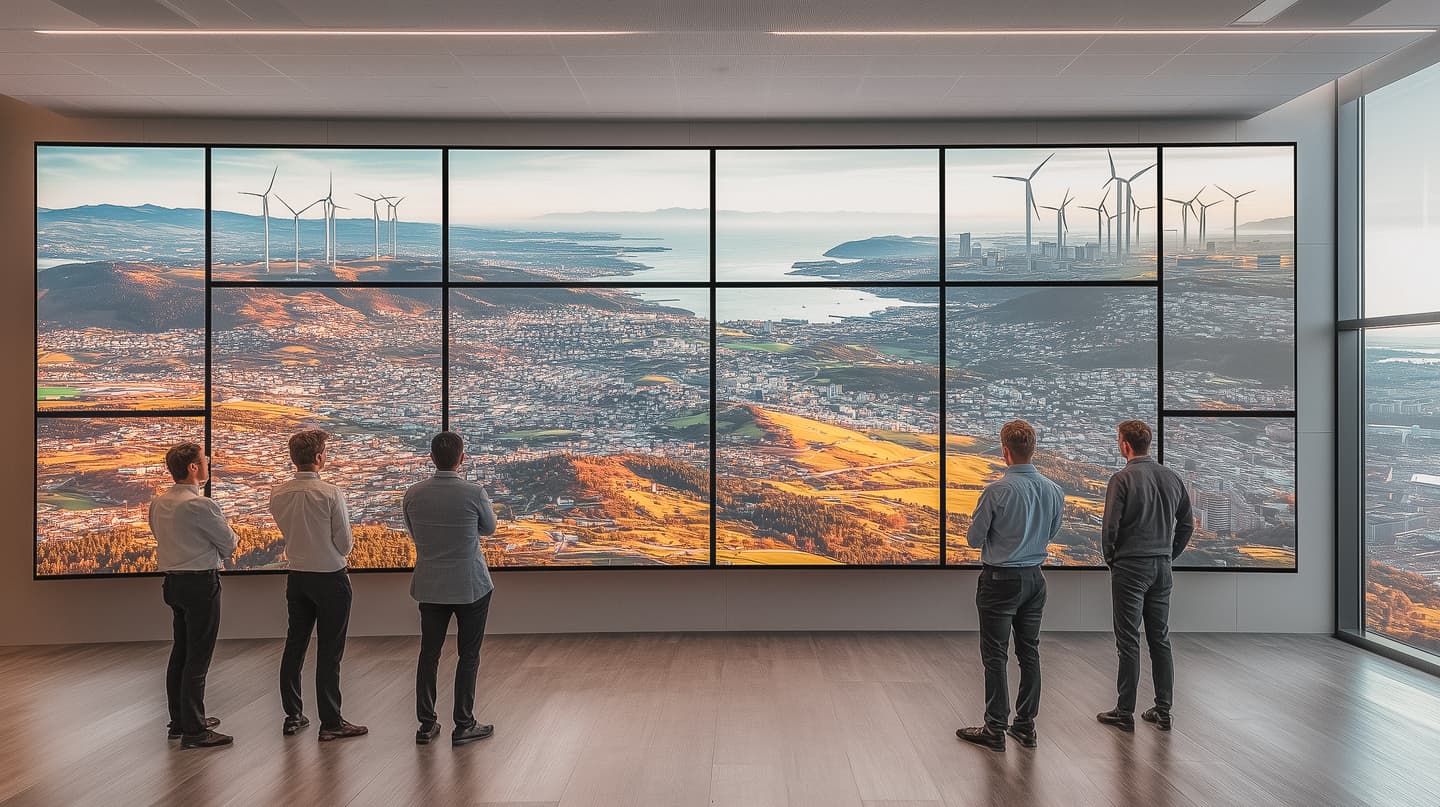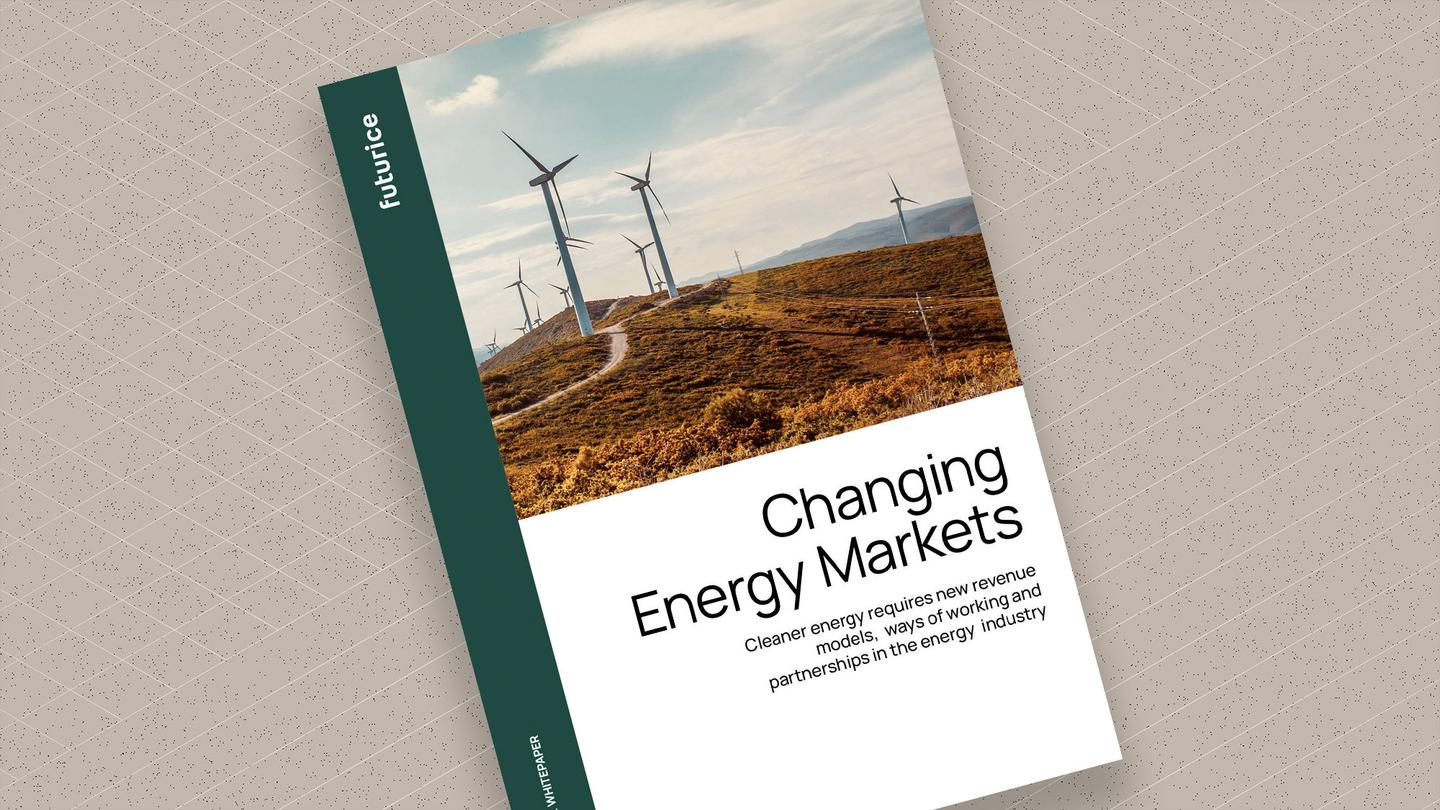Staying ahead: Addressing labor shortage challenges with future foresight
The energy sector is grappling with a severe labor shortage, with critical roles like installers, mechanics, and technicians hard to fill. As the industry transitions from fossil fuels to renewables and decentralized grids, this shortage is exacerbated by retiring workers and market volatility. This blog explores how future foresight and digital innovation can help energy companies anticipate needs, develop workforce capabilities, and stay competitive in a rapidly evolving landscape.

The growing challenge of the shortage of labor in the energy sector
The energy sector is facing a tough challenge—there aren't enough workers. With critical positions such as installers, mechanics, technicians, and customer support representatives increasingly hard to fill, the struggle is palpable. Indeed, there is currently a shortage of approximately 216,000 skilled workers for the expansion of solar and wind energy in Germany (1).
This problem is getting worse because many current workers are retiring soon. The energy industry itself is also undergoing a significant transition, moving from fossil fuels to renewable energy and decentralized energy grids. At the same time, the volatility of the energy market, often amplified by regulatory uncertainty, is exacerbating labor shortages as new competitors enter the market.
This means we'll need new jobs, skills, and ways of organizing work. All of this is happening in a labor market that's already pretty tight.
Building Resilient, People-Centric Organisations for the Future
As the energy landscape evolves, future-ready companies will not only provide power but will lead with adaptability and innovation. By embracing future foresight, energy firms can proactively develop the skills and capabilities needed to thrive in a dynamic market.
Strategic foresight is a powerful tool for anticipating market and customer requirements in the swiftly evolving energy sector. It involves analyzing trends, identifying possible future scenarios, and preparing for them today. Applying strategic foresight enables energy companies to develop workforce capabilities proactively, effectively addressing the challenge of labor shortages.
Our experience from customer projects shows that the shortage of skilled labor in the energy industry is already very evident today.
One way to identify this is through a data-driven foresight approach (2). By combining and analyzing alternative data with AI-driven tools, such as job listings, patents, trend reports, discussion forums, news sites, events, and social media. This enables unique insights that traditional data sources cannot provide. As a result, there is a better understanding of what roles and functions will be needed in the near future, and even what offerings are more likely to succeed.
Another example comes from our work and research in the mobility sector, where we have explored the future of mobility in 2040 (3), also taking into account the electrification of the industry. By looking at different possible scenarios and what opportunities and risks may arise, this can help organizations make the right decisions today to prepare for tomorrow.
This provides a competitive advantage, enabling organizations to stay ahead of the curve, reduce the risk of being blindsided by unforeseen developments, and ensure they have the right talent in place to meet future demands. Through this research, we have identified future developments in the industry that will inevitably bring risks and opportunities. By anticipating these strategic areas of growth, organizations can shape the skills they will need in the future. For instance, the competitive landscape is already shifting in the energy sector, with traditional energy utilities now facing competition not only from within their industry, but also from automotive OEMs and innovative startups with new business models. This interconnection between sectors is driving a dynamic intersectoral competition that requires adaptability and new ways of working to succeed in the evolving market.
A new perspective on workforce challenges
Despite the challenges posed by labor shortages and industry transitions, they present an opportunity to redefine the company's future, seize new business opportunities, and detect and mitigate risks early on. Our approach goes beyond addressing today's labor shortage problem; it focuses also on helping organizations in preparing for future workforce needs, understanding changing industry dynamics, identifying emerging roles, optimizing organizational structures, and proactively addressing tomorrow's workforce challenges, thereby ensuring competitiveness and relevance to prospective customers.
In conclusion, the labor shortage in the energy sector is not merely a challenge but a catalyst for change. It is an opportunity to reimagine, reinvent, and reposition organizations for a sustainable and successful future. Through foresight activities, organizations can examine how their business and roles will evolve in the future by identifying the types of positions that will be essential. Futurice stands ready to partner with organizations on this transformational journey, offering support and expertise along the way.
References:
(1) Studie des Kompetenzzentrums Fachkräftesicherung (Kofa) am Institut für deutsche Wirtschaft.
(2) Generative AI
 Thomas EichhornInnovation Strategist, Germany
Thomas EichhornInnovation Strategist, Germany




